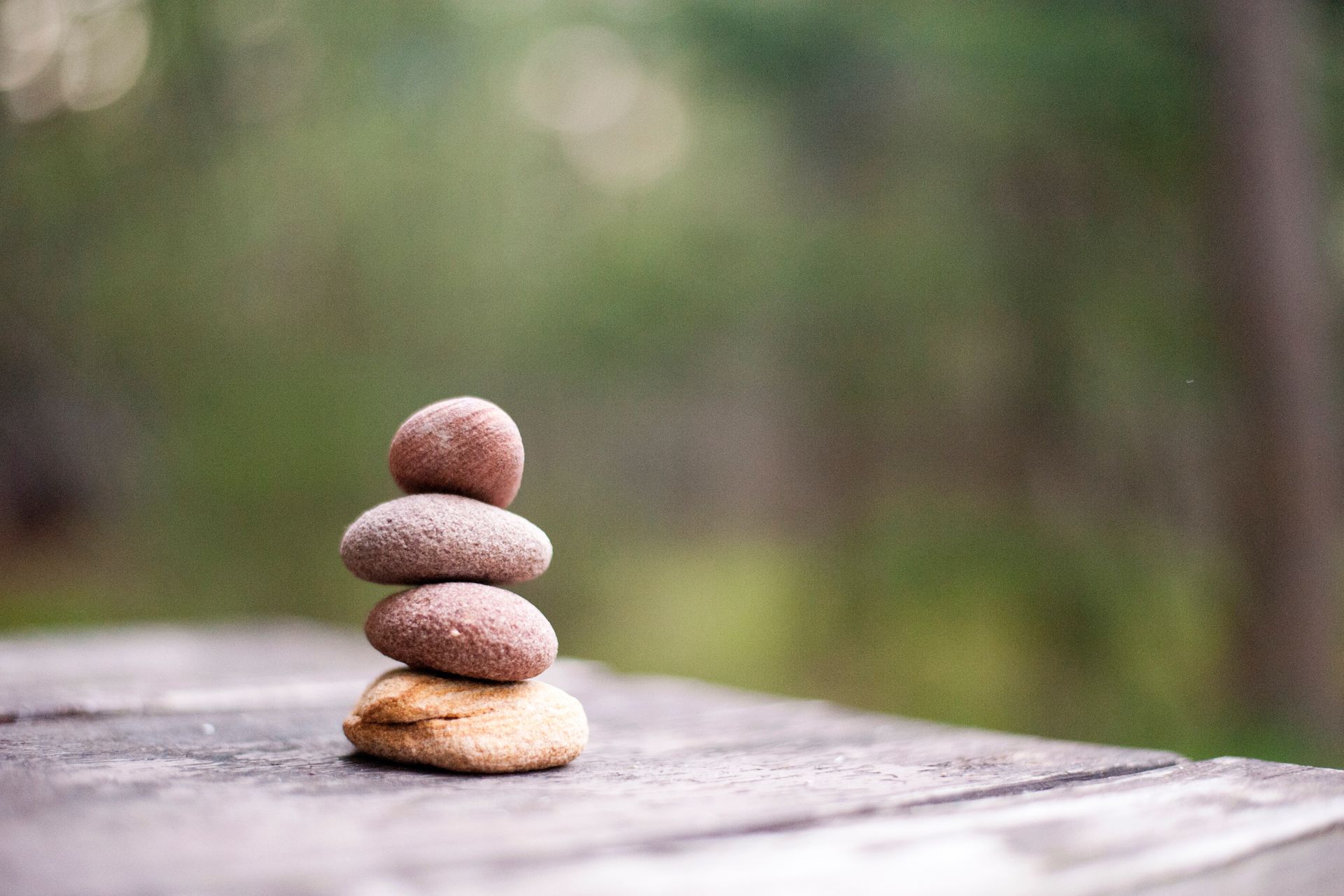Mental Health
5 min Read
Teaching your tween mindfulness

April 23, 2013
Mental Health
5 min Read

April 23, 2013

 Practising mindfulness meditation is
Practising mindfulness meditation is
something I have done to cope with
everyday stress for the past four years.
Relationship troubles, work pressures
and oppressive inner dialogue can all
contribute to adult stress. However,
stress isn’t reserved for adults.
The science of child development
shows that excessive stress could
lead to lifelong issues with learning,
behaviour and overall health. Though
most children deal well with stress,
others find coping more difficult.
Finding healthy ways to manage
stress can help children maneuver
through challenging times.
Roy Hintsa, a Toronto area
mindfulness-based stress reduction
facilitator, says mindfulness allows
children to manage stress by creating
a pause between the stimulus and
the reaction. This gives them the
opportunity to choose to respond
thoughtfully rather than react
impulsively. “Mindfulness promotes
well-being,” he says. “Children become
happier and kinder. They get in touch
with their emotions and learn to
regulate them.”
The simplest tool we have for
mindfulness is observing our breath.
Roy says not to change your breathing
pattern. First, focus on feeling the cool
air when you inhale and the warm air
when you exhale. Then count your
breaths in pairs: Inhale, exhale, one.
Inhale, exhale, two, and so on for five
counts. If your mind wanders, note
what you were thinking about and
return to counting your breaths.
Much of Roy’s experience with
teaching mindfulness to children
is in a school setting. Children are
confronted with stress from many
areas. Most often, that stress comes
from worrying about academic
performance. “Even from an early
age,” says Roy, “this can cause many
youngsters to feel stressed out.”
Not only can students experience
anxiety related to academic pressures,
they can also come to school with
a host of stressors stemming from
problems in the home, social conflict
and physical or mental vulnerabilities.
“There is also the pressure of being
accepted,” says Roy. “Mindfulness
helps children to be kinder to
themselves and this extends to
others.”
Mindfulness can also help
improve children’s attention, focus
and memory, Roy says. These are all
important factors for learning.
Roy recommends children take
three mindful breaths to help relieve
anxiety before doing homework, tests
and participating in competitions.
The goal is to teach children to focus
in simple ways. “It’s really about
focusing,” he says.
One exercise Roy does with
students begins with sitting in a chair.
Kids are asked to concentrate on their
breathing while their classmates
walk around and try to distract them.
“The child’s job is to really try to stay
concentrated in spite of all this noise
that’s going on around them.”
Roy says parents must themselves be
mindful in order to create a mindful
family.
“Children will come to mindfulness
at their own time and pace,” he says.
“If parents are mindful, and I don’t
mean just modelling mindfulness, but
embodying mindfulness, they may
come to it earlier.”
The key is to be fully present when
interacting with your family, says Roy.
Here are some ways he says you can
do that:
Children can be
introduced to
the principles of
mindfulness from a
young age, says Roy
Hintsa, a Toronto
area stress reduction
facilitator. Children of
all ages can benefit
from different styles
of training. Younger
children tend to
respond more to
physical activities
rather than practising
meditation. Here
are some exercises
Roy recommends for
preschool children:
Mindful listening: Tell
your child you are going
to ring a bell or a tone
bar. Ask them to listen
carefully to the sound of
the bell and raise their
hands when they can no
longer hear it.
Breath awareness: Have your child lie down
on a mat on the floor, or
on their bed, and place
their favourite stuffed
animal on their belly. Have
them rock the stuffed
animal to sleep with the
movement of their belly as
they breathe in and out.
This is how they can begin
to pay attention to their
breathing.
Mindful eating: This is
a time when playing with
your food is OK. Give your
child a piece of fruit and
ask them to pretend they
are from another planet
and have never seen this
piece of fruit before. Ask
them to describe their
experience using all five
senses. What does it look
like? Smell like? Feel like?
Taste like? Does it make a
sound when you bite it?
Originally published in ParentsCanada magazine, May/June 2013.